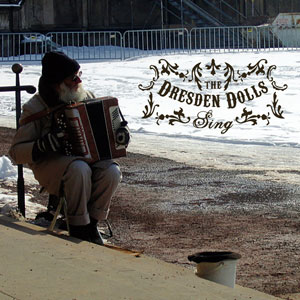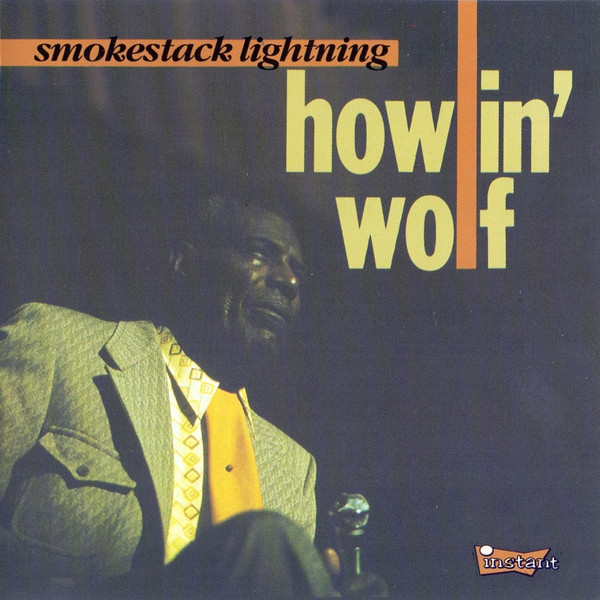About the Show:
My Fair Lady is “the crowning achievement” AZ for lyricist Alan Jay Lerner and composer Frederick Loewe. In fact, some consider it to be “the most perfect stage musical ever.” CL “It boasts a magnificent score…witty, intelligent, beautiful, and romantic.” NRR This is “a collection of performances that long ago became a ubiquitous and indispensable fixture of American musical theater.” AZ
 Frederick Loewe and Alan Jay Lerner
After several productions in the 1940s, Lerner and Loewe first tasted major Broadway success with 1947’s Brigadoon. They next worked together on 1951’s Paint Your Wagon before adapting George Bernard Shaw’s Pygmalion into My Fair Lady. It was a story about “the mythic Greek figure who falls in love with his sculpture.” TM In My Fair Lady, the story focuses on “the relationship between an elocutionist” R-C and “pre-World War I London flower girl Eliza Doolittle, who aspires to a better accent and the social advantages that will come with it.” R-S
The show opened on Broadway on March 15, 1956. It ran for 2717 performances, closing on September 29, 1962. It had what was then the longest run in history for a major musical. W-M The production has been called “the perfect musical.” W-M
Julie Andrews was a “twenty-year-old revelation” ZS as “the fairest of all ladies,” ZS making the “loverly…score soar” ZS with her “glorious voice and emotional range.” ZS Rex Harrison is “effortlessly charming” ZS in his recreation of the stage role as “Professor Henry Higgins (he had also appeared in the film adaptation of…Pygmalion.” R-S He “enjoys every wink of his ironies: When he describes himself, in I’m an Ordinary Man, his exaggerated demeanor suggests his character is anything but ordinary. That Harrison caught this specific dynamic so early in what became a historic extended run is remarkable.” TM
“The show yielded an astounding number of songs that became standards, including the luminous I Could Have Danced All Night and I’ve Grown Accustomed to Her Face.” TM Among the other gems in this “embarrassment of riches,” AZ including The Rain in Spain, Wouldn’t It Be Loverly, Why Can’t the English?, and On the Street Where You Live.
As was common in the 1950s, the cast album “was recorded in one marathon fourteen-hour session on March 25, 1956.” TM “Producers tried to schedule the sessions as close to the opening of the musical as possible, thinking that the nuances of the work would be fresh in the performers’ minds.” TM This sometimes backfired, but here Harrison and Andrews “are beyond lively… and the supporting cast – which, as was often the case with Lerner and Loewe, got the meatiest songs – positively sparkles.” TM
“The recording established a new relationship between Broadway productions and record companies; the album’s critical success and popularity with the public were unrivaled at the time of its release.” NRR The cast album spent fifteen weeks atop the Billboard album chart, making it one of the biggest #1 albums in U.S. chart history. What’s incredible, however, is that those chart-topping weeks were spread out over four years time. Billboard magazine named it album of the year – in 1957 and 1958.
The album stuck around on the charts for a total of 480 weeks. Only Pink Floyd’s Dark Side of the Moon and Johnny Mathis’ Johnny’s Greatest Hits have logged more weeks.
For the film version, Harrison and Holloway were back, but since they were making their third recordings of the score, they didn’t have much to add…The result was an acceptable recording that did not surpass the Broadway or London cast albums.” R-S However, despite starring in the Broadway and London stage productions, Julie Andrews was deemed “not enough of a star to carry the movie. (Embarrassingly, by the time the movie opened, Mary Poppins had made her more than enough of a star to do so.) Instead, Audrey Hepburn stepped into the role.” R-S
Hepburn’s singing voice was dubbed by Marni Nixon, who “was an accomplished Hollywood voice ghost, having previously sung for Deborah Kerr in The King and I, Natalie Wood in West Side Story, and Rosalind Russell in Gypsy.” R-S She “was fine…lacked the flair that Andrews would have given it.” R-S
A “1965 Best Picture Oscar capped the show’s decade of prominence.” AZ
| 











